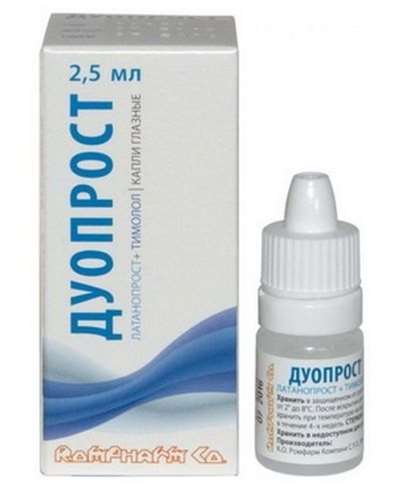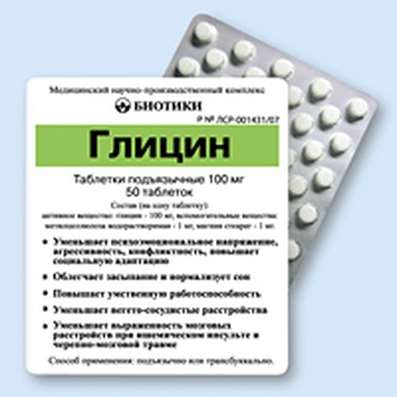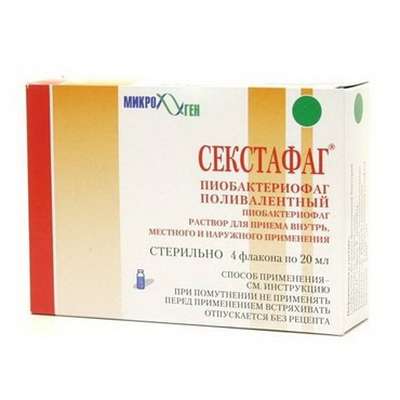Instruction for use: Lidocaine hydrochloride solution for injections
I want this, give me price
Dosage form: solution for injection
Active substance: Lidocaine*
ATX
N01BB02 Lidocaine
Pharmacological group:
Local Anesthetics
Antiarrhythmics
The nosological classification (ICD-10)
I47.2 Ventricular tachycardia: Pirouette torsade de pointes; Symptomatic ventricular tachycardia; Pirouette tachycardia with myocardial infarction; Ventricular arrhythmia; Ventricular paroxysmal tachycardia; Ventricular tachyarrhythmia; Ventricular tachycardia; Ventricular tachycardia; Life-threatening ventricular arrhythmia; Stable ventricular tachycardia; Stable monomorphic ventricular tachycardia; Paroxysmal bidirectional spindle-shaped ventricular tachycardia; Paroxysmal ventricular tachycardia
I49.3 Premature ventricular depolarization: Left ventricular asynergy; Ventricular arrhythmia; Expressed ventricular extrasystoles; Ventricular arrhythmia; Ventricular extrasystole; Ventricular arrhythmias; Ventricular extrasystole; Paroxysmal ventricular extrasystole; Recurrent ventricular arrhythmias; Ventricular extrasystole; Asynergy of the ventricles of the heart
Z100.0 * Anesthesiology and premedication: Abdominal surgery; Adenomectomy; Amputation; Angioplasty of the coronary arteries; Carotid artery angioplasty; Antiseptic treatment of skin in wounds; Antiseptic treatment of hands; Appendectomy; Atheroctomy; Balloon coronary angioplasty; Vaginal hysterectomy; Venous bypass; Interventions on the vagina and cervix; Interventions on the bladder; Interference in the oral cavity; Reconstructive-reconstructive operations; Hand hygiene of medical personnel; Gynecological Surgery; Gynecological interventions; Gynecological operations; Hypovolemic shock during surgery; Disinfection of purulent wounds; Disinfection of the edges of wounds; Diagnostic Interventions; Diagnostic procedures; Diathermocoagulation of the cervix; Long-term surgeries; Replacement of fistulous catheters; Infection in orthopedic surgical interventions; Artificial heart valve; Kistectomy; Short-term outpatient surgery; Short-term operations; Short-term surgical procedures; Cryotyreotomy; Blood loss during surgical interventions; Bleeding during surgery and in the postoperative period; Kuldotsentez; Laser coagulation; Laserocoagulation; Laser retinopathy of the retina; Laparoscopy; Laparoscopy in gynecology; Likvornaya fistula; Small gynecological operations; Small surgical interventions; Mastectomy and subsequent plastic surgery; Mediastinotomy; Microsurgical operations on the ear; Mukinging operations; Suturing; Minor surgery; Neurosurgical operation; Eclipse of the eyeball in ophthalmic surgery Orchiectomy; Pancreatectomy; Pericardectomy; The rehabilitation period after surgical operations; Reconvalence after surgical intervention; Percutaneous transluminal coronary angioplasty; Pleural Thoracocentesis; Pneumonia postoperative and post traumatic; Preparing for surgical procedures; Preparing for a surgical operation; Preparation of the surgeon's arms before surgery; Preparation of the colon for surgical interventions; Postoperative aspiration pneumonia in neurosurgical and thoracic operations; Postoperative nausea; Postoperative hemorrhage; Postoperative granuloma; Postoperative shock; Early postoperative period; Myocardial revascularization; Resection of the apex of the tooth root; Resection of the stomach; Bowel resection; Resection of the uterus; Liver resection; Small bowel resection; Resection of a part of the stomach; Reocclusion of the operated vessel; Gluing of tissues during surgical interventions; Suture removal; Condition after eye surgery; Condition after surgery; Condition after surgery in the nasal cavity;Condition after gastrectomy; Condition after resection of the small intestine; Condition after tonsillectomy; Condition after removal of duodenum; Condition after phlebectomy; Vascular Surgery; Splenectomy; Sterilization of surgical instrument; Sterilization of surgical instruments; Sternotomy; Dental surgery; Dental intervention on periodontal tissues; Strumectomy; Tonsillectomy; Thoracic surgery; Total gastrectomy; Transdermal intravascular coronary angioplasty; Transurethral resection; Turbinectomy; Removal of a tooth; Cataract removal; Removing Cysts; Removal of tonsils; Removal of myoma; Removal of mobile milk teeth; Removal of polyps; Removal of a broken tooth; Removal of the uterus; Removal of seams; Urethrotomy; Fistula of the luminal ducts; Frontoetmoidohaimorotomy; Surgical infection; Surgical treatment of chronic ulcers of extremities; Surgery; Surgery in the anus; Surgery on the large intestine; Surgical practice; Surgical procedure; Surgical interventions; Surgical interventions on the digestive tract; Surgical interventions on the urinary tract;Surgical interventions on the urinary system; Surgical interventions on the genitourinary system; Surgical intervention on the heart; Surgical procedures; Surgical operations; Surgical operations on veins; Surgical intervention; Vascular; Cholecystectomy; Partial resection of the stomach; Extraperitoneal hysterectomy; Percutaneous transluminal coronary angioplasty; Percutaneous transluminal angioplasty; Coronary artery bypass grafting; Extirpation of the tooth; Extirpation of infant teeth; Extirpation of pulp; Extracorporeal circulation; Extraction of the tooth; Extraction of teeth; Extraction of cataracts; Electrocoagulation; Endourological interventions; Episiotomy; Ethmoidotomy; Complications after tooth extraction
Composition and release form
1 ml of the injection contains lidocaine hydrochloride 10, 20 or 100 mg; in ampoules of 10 (1 and 2%) or 2 (2 and 10%) ml, in a carton 10 pieces.
Pharmachologic effect
Mode of action - local anesthetic, antiarrhythmic.
It disrupts the function of the potential-dependent sodium channels, reduces the entry into the sodium cell, prevents the formation of the action potential and holding the pulse.
Indication for the Lidocaine hydrochloride injection
All types of local anesthesia (infiltration, conductor and surface); ventricular tachycardia and extrasystole.
Contraindications
Hypersensitivity, weakness of sinus node in elderly patients, bradycardia, hepatic insufficiency.
Side effects
With the rapid introduction of euphoria, dizziness, convulsive twitching, breathing disorder, collapse.
Dosing and Administration
Parenteral and topical. For infiltration anesthesia, 0.125%, 0.25%, 0.5% solutions are used (the maximum dose is 2000 mg). For other types of anesthesia - 1-2% solution (maximum dose - 400 mg). For terminal anesthesia of the mucosa during bronchoscopy, spray 10% solution (not more than 200 mg - 2 ml).
As an antiarrhythmic drug - IV, 80-120 mg for 3-4 minutes, then drip - 2 mg / min (total 250-500 mg). Then every 3 hours - 200-400 mg IM. The maximum dose is 2000 mg.
Storage conditions for Lidocaine hydrochloride solution for injections
In the dark place at a temperature of no higher than 25 ° C.
Keep out of the reach of children.
Shelf life of Lidocaine hydrochloride solution for injections
injection for 1% - 2 years.
injection for 2% - 2 years.
injection for 10% - 2 years.
Do not use after the expiry date printed on the package.

 Cart
Cart





